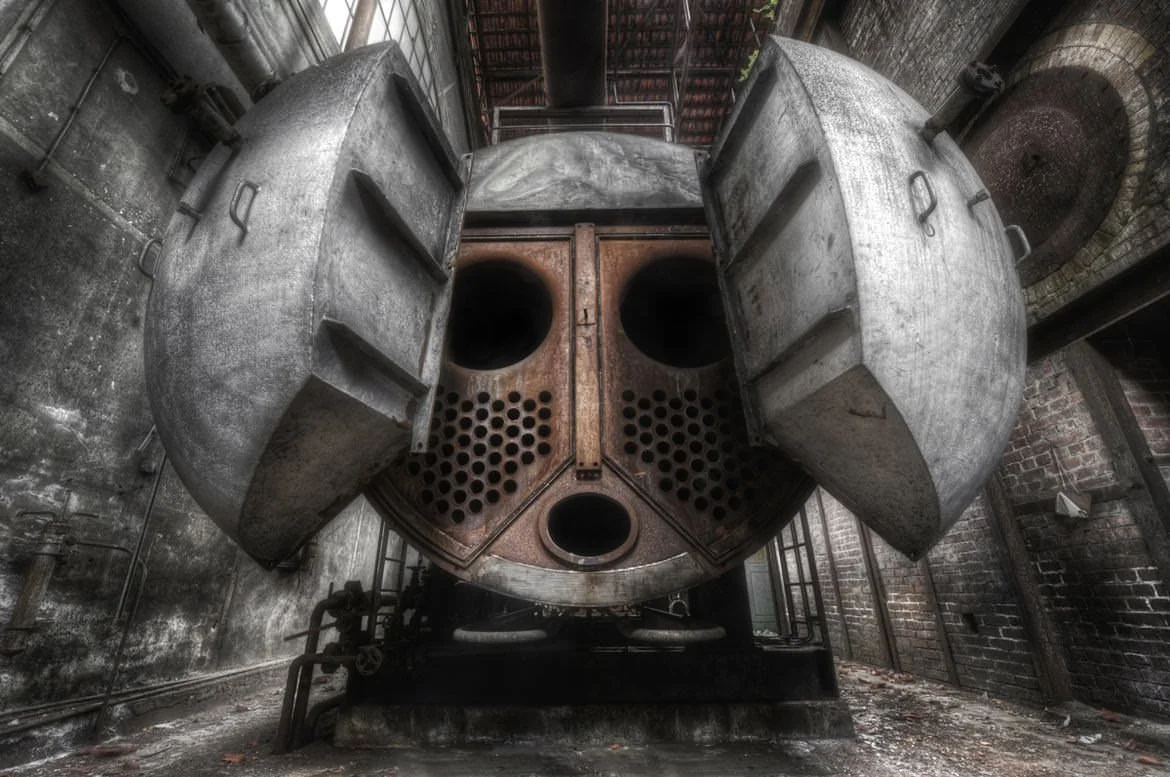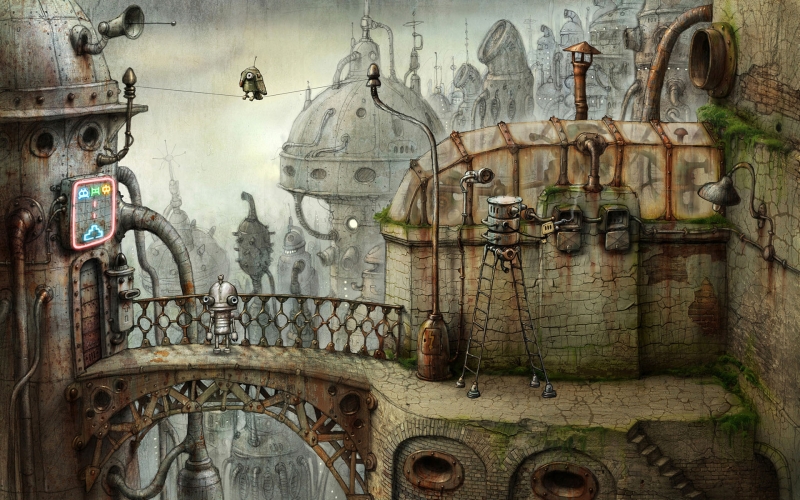The degree to which we can see that birth and death are simultaneous is the degree to which we are free, but who ever sees that birth and death are simultaneous? To see this is to see that there is no ‘one who is born’ (and who is on this account obliged to make the fateful journey from birth to death) but who sees this?
For most of us there is a distance between the moment of being born and the moment of dying and so there definitely is a journey that needs to be made here. There is a journey and so there is a ‘journeyer’ and that is who we take ourselves to be. If asked who I am I might say that ‘I am the one who is making this journey’ and very few of us are going to perceive the error in this assertion. It’s one of those statements that are so self-evidently true that no one is ever going to think twice about it. If there is a journey then there has to be ‘the one who makes is making the journey’ and the one who is making the journey is of course me! Who else would it be?
We might feel quite safe in making this assertion but we’re not. We are not safe in saying this at all! Straightaway we’ve made a big mistake and the fact that we are sublimely oblivious to the mistake in question doesn’t make any difference – that won’t get us off the hook. Actually, being oblivious to the fact that we’ve made a big mistake – a King-Size mistake, as it happens – is part of the mistake. That’s actually a crucial part of the mistake. The mistake we are making is that we are assuming that the journey of life is the type of journey where the one who starts up on this journey is the same one who gets to the end of it (inasmuch as there is an end to it) and this is simply not the case. Life is the other type of journey; life is the type of journey which consists of us ‘going beyond ourselves’, not the type that is made up of us ‘extending ourselves.’
These are two very different types of journey therefore. There is the Type-I Journey, which is a continuity, and in which they might indeed be said to be ‘the one who makes the journey’. There is a ‘constant’ that is reiterated throughout the T-1 Journey therefore, and we never go beyond this constant. In contrast to this, there is then the Type-2 Journey, which is not a logical continuity and in which there is no concrete (or constant) traveller. When we move into the unknown – which is what the Type-2 Journey is all about – then they are no constants. The whole point of ‘the Journey into the Unknown’ is that they are no constants – if there wasa constant then that constant would be ‘known’ by virtue of the fact that it is a constant. Constants are always known, after all – it’s the other stuff we don’t know about…
If there was ‘a constant’ then that constant would act as ‘a fixed point of reference’ and if there was a fixed point of reference that everything would be seen in terms of it, and if everything were to be seen in terms of the fixed reference point then everything would be the known! If everything is seen from the same viewpoint then the journey itself has to be too, and if a journey is only ever seen from the same viewpoint then there is no journey. How can there be ‘a journey’, in this case? What kind of a journey is it when we’re ‘journeying into the known’, or ‘moving from one known point on the continuum to another’? When the constant travels from one point to another all there is is the constant, and the world that is constructed in relation to it.
The Type-I Journey is the only type of journey we ever concern ourselves with, generally speaking, and so what this means is that we aren’t concerned overmuch with the journey that is life. Or as we could also say, it means that we aren’t concerned overmuch with life! It seems unfair to say this but inasmuch as something is true can’t really be said to be unfair. Truths can be extraordinarily painful and hard to bear but they are never ‘unfair’. We do have a degree of interest in the truth when we are locked into the Type-I Journey – we are ‘interested in the truth to the extent that it will allow us to reach wherever it is we want to go’, but beyond this we have no interest, beyond this we are profoundly blank. The destination is all; the goal is all, fulfilling the agenda is all. That’s all we really care about when we are on the Type-I Journey…
A Type-I Journey is always either a journey towards what we want or away from what we don’t want and this means that we can equate it to what Krishnamurti calls psychological time. ‘Psychological time’, we might say, is the ‘distance’ between where thought says we are and where thought wants us to be. It is the time we spend waiting for our thoughts to be realised, in other words. There is a kind of trick going on here however because there is no distance between where thought says we are where it says we should be – both equal ‘the continuum of thought’ and the continuum of thought has nothing whatsoever to do with reality. Thought is the map and reality is the territory and the former can never be transformed into the latter, no matter how hard we work at it. The menu can never be made into the meal, no matter how we may season it.
When we are involved in a Type-I Journey we’re trapped in our thoughts therefore and so any distance we traverse is only ever a virtual distance. If we want to talk about time instead of distance then we can say that the time we think has passed was only ever ‘virtual time’, which is to say that – despite appearances – no time at all has gone by. Our experience would seem to back this up – when a lot of time lies ahead of us then that seems like a very solid proposition, it’s bankable’, so to speak. Yet when we get to the end of that allotted span of time, it all seems to have gone by in the snap of the finger. It actually has gone by in the snap of a finger! Time cheats us – we clutch at it and it’s gone, we hold on tightly to it, and yet it disappears all the same, just as in Edgar Allen Poe’s poem, Dream within a dream –
Take this kiss upon the brow!
And, in parting from you now,
Thus much let me avow-
You are not wrong, who deem
That my days have been a dream;
Yet if hope has flown away
In a night, or in a day,
In a vision, or in none,
Is it therefore the less gone?
All that we see or seem
Is but a dream within a dream.
I stand amid the roar
Of a surf-tormented shore,
And I hold within my hand
Grains of the golden sand-
How few! yet how they creep
Through my fingers to the deep,
While I weep- while I weep!
O God! can I not grasp
Them with a tighter clasp?
O God! can I not save
One from the pitiless wave?
Is all that we see or seem
But a dream within a dream?
The truth is however that nothing has been lost, nothing has slipped through our clutching fingers. Nothing has been lost because there was nothing to lose in the first place – when everything is flow and there is nothing that is not flow, then there is neither losing or gaining. This then is the essence of the Type-2 Journey – that there is journeying, but nothing no one to journey, that there is movement, but no place from the movement to either start off from or end up in. There is no origin and no destination (since origins and destinations only exist in illusory psychological time) and this there is no one who has departed from the former and is heading bravely towards the latter.
The Type-I Journey does have a start and finish and a self (i.e. a ‘rational controller’) who is making the journey and who is ‘making informed choices’ as it goes along its way, but none of these are real. The start isn’t real and the finish isn’t real and neither is the constant entity who moves from the one to the other. Just as long as we continue to believe all these things then origin and destination, ‘when we are born’ and ‘when we die’ will seem to be separated by this other thing called ‘time’, but if we glimpse the truth that nothing is ever gained or lost, and that no one makes a journey from birth to death (no matter what we might think to the contrary) then this is the very same thing as seeing that birth and death are simultaneous, and that because of that we are free…





